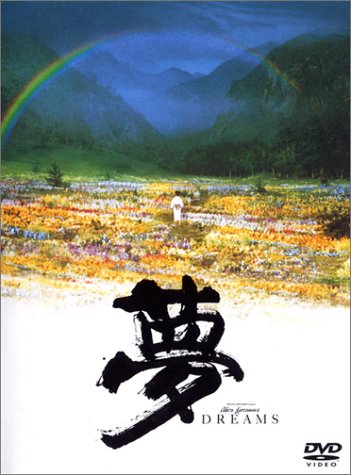36. The "Evening" Radical: 夕
Henshall says that 夕 (44: evening) derives from the same pictograph of a "crescent moon" as 月 (16: moon) but has no pitted surface, unlike 月. He adds that 夕 came to symbolize "evening."
This radical is on duty in just four Joyo kanji aside from 夕 itself.
Photo Credit: Eve Kushner
Evening in Hong Kong with a spire pointing right at the moon.
The Names of the "Evening" Radical
Nearly everything flows from this background. The Japanese name of the radical is ゆうべ (夕べ), which, again, means "evening." In English, the main name of this radical is "evening."
Alternate English names are "katakana ta" or "kana ta," both alluding to the way 夕 looks a lot like the katakana タ (ta).
The "Evening" in One Kanji
The 夕 radical means "evening" in this kanji, according to Henshall, who supplied all the etymological information in this Radical Note:
多 (163: many)
Doubling "evening" (夕) shows plurality. "Many evenings" came to mean "often" and finally just "many."
Photo Credit: Eve Kushner
The 夕 shape is almost unrecognizable in the second kanji, which is 多. The first word, 喜多方 (きたかた), is the name of a Fukuoka town. The next word is ラーメン. After that we find the name of the restaurant, 坂内 (ばんない).
The "Moon" in Three Kanji
The 夕 radical means "moon" in the next characters:
外 (91: outside)
This kanji combines 夕 with ト. The 夕 symbolizes "crescent moon." It also acts phonetically to express "split open" and lends its crescent shape to suggest a "turtle shell." Meanwhile, ト represents a "crack in a turtle shell used in divination." Because such cracks generally appeared on the outside surface of the shell, this character came to mean "outside, outer." Things are topsy-turvy here; the radical 夕 is acting phonetically, and the phonetic component ト is driving the overall meaning of 外 by bringing in the concept of "outside."
夜 (212: night)
The complex component on the lower right is an old form of 月 (moon). The remainder of the shape means "clear." Thus, the whole character means "when the moon is clear." Henshall equates this with "night." But doesn't night also come when it's too cloudy to see the moon?
夢 (1844: dream; vision)
The seal-script version of 夢 included 夕 (moon, night) on the bottom. The remaining part on top phonetically expressed “cannot see clearly; dark.” These two halves may have combined to mean “dark night.” The scholars who embrace that view consider “dream” to be loan usage. This information comes from the newer edition of Henshall's book on etymology.
Photo Credit: Eve Kushner
This sign for Aoyama Gaienmae Clinic in the Aoyama (青山, あおやま) section of Tokyo features two instances of the 夕 shape and a moon (月) to boot! That is, we find 夕 in 外 and in the non-Joyo 苑 (farm, garden, park), where it's just a component. Meanwhile, the off-duty 月 radical is in 前 (before).

Akira Kurosawa's movie Dreams or「夢 (ゆめ)」is about eight dreams that the famous director repeatedly had. This is the DVD cover.
